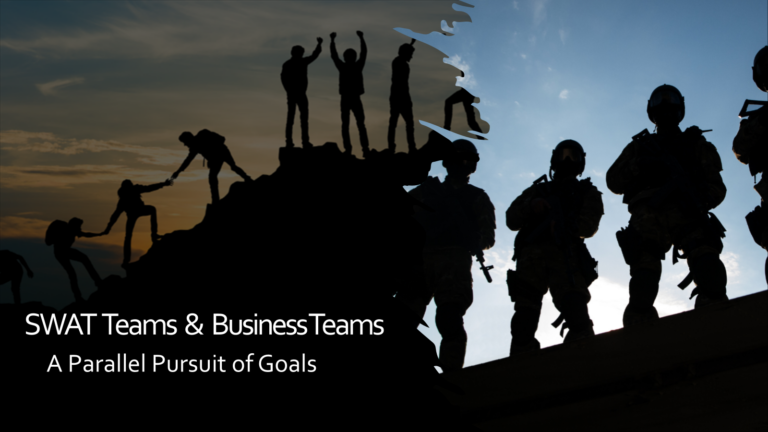As safety concerns become more prevalent in today’s society, it’s important to acknowledge the growing issue of active shooter incidents in public spaces such as schools and workplaces. At Chuck Harder & Associates, our mission is to provide comprehensive training and education to help keep adults and children safe in every aspect of their lives.
Throughout the following pages, we aim to delve into the essential details of surviving an active shooter situation, offering practical advice and guidance to empower you with the knowledge necessary to protect yourself and those around you. Although we hope that you never have to face such a traumatic event, being prepared and understanding the crucial steps to take can make all the difference in a life-threatening scenario.
Assess, Evacuate, and Barricade: A Strategic Approach
Beyond the conventional “Run, Hide, Fight” strategy, it is crucial to understand the importance of situational awareness and a strategic approach in an active shooter situation. By implementing the Assess, Evacuate, and Barricade (AEB) strategy, you can make informed decisions that can save lives.
- Assess: The first step in any crisis is to assess the situation quickly and accurately. Listen for the direction and nature of the gunshots or any other suspicious sounds, and determine the best course of action based on your location and the threat level. Always trust your instincts and stay calm.
- Evacuate: If it is safe to do so, evacuate the area immediately. Guide others to follow you, but do not let their indecision slow you down. Avoid using elevators and move quietly, using cover whenever possible. Have a pre-planned escape route in mind, and familiarize yourself with multiple exits in any location you frequent.
- Barricade: If evacuation is not a viable option, find a secure hiding place and barricade yourself inside. Choose a room with a lockable door, preferably without windows, and use furniture or heavy objects to block entry points. Turn off the lights, silence your phone, and remain as quiet as possible. Communicate with law enforcement through text messages or silent signals if you can do so safely.
The AEB strategy emphasizes the importance of adaptability and situational awareness, providing you with a flexible framework to navigate an active shooter incident effectively. By taking control of your actions and making informed decisions, you can increase your chances of survival and help others do the same.
Communicate and Cooperate: Working Together for Survival
In the midst of an active shooter incident, clear communication and cooperation with others can significantly increase your chances of survival. It is vital to establish a sense of unity and purpose among those around you, as working together can make a substantial difference in the outcome of the situation.
- Share Information: Inform others of the shooter’s location and any relevant details you may have gathered. If you have specific knowledge of the building layout or escape routes, share it with those around you. This information can be crucial in helping people make informed decisions about whether to evacuate or barricade themselves.
- Follow Instructions: When law enforcement arrives on the scene, it is crucial to follow their instructions precisely. Keep your hands visible, avoid sudden movements, and do not scream or shout. Responding officers are trained to assess and neutralize threats, so it is essential to cooperate with them to ensure everyone’s safety.
- Establish a Plan: If you are barricaded with a group, create a collective plan for what to do if the shooter attempts to enter your hiding place. This may involve designating individuals to use improvised weapons, such as chairs or fire extinguishers, to fend off the attacker. Remember that there is strength in numbers, and working together can be the key to survival.
By fostering a sense of cooperation and open communication during an active shooter incident, you can create a unified front that is better equipped to survive and overcome the threat.
Post-Incident Recovery: Taking Care of Yourself and Others
Surviving an active shooter incident can leave lasting emotional and psychological effects on both victims and witnesses. As part of your personal safety plan, it is essential to understand the importance of post-incident recovery and self-care.
- Seek Support: Reach out to friends, family, or a professional counselor to discuss your feelings and experiences. It is crucial to process the trauma and not suppress your emotions, as this can lead to long-term mental health issues.
- Be Informed: Familiarize yourself with local resources, such as support groups or crisis hotlines, that can help you and others cope with the aftermath of the incident.
- Practice Self-Care: Engage in activities that promote relaxation and healing, such as meditation, exercise, or spending time with loved ones.
By prioritizing post-incident recovery and supporting those around you, you can help foster resilience and healing in the face of adversity.




